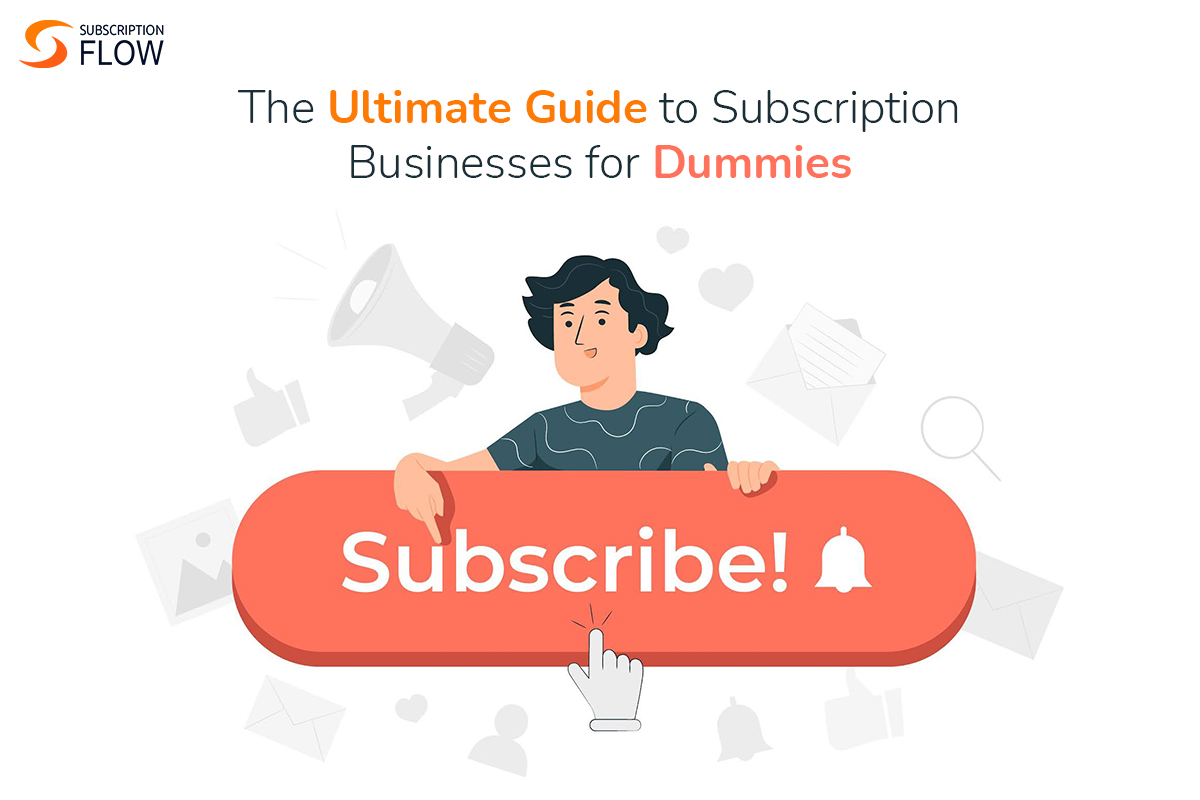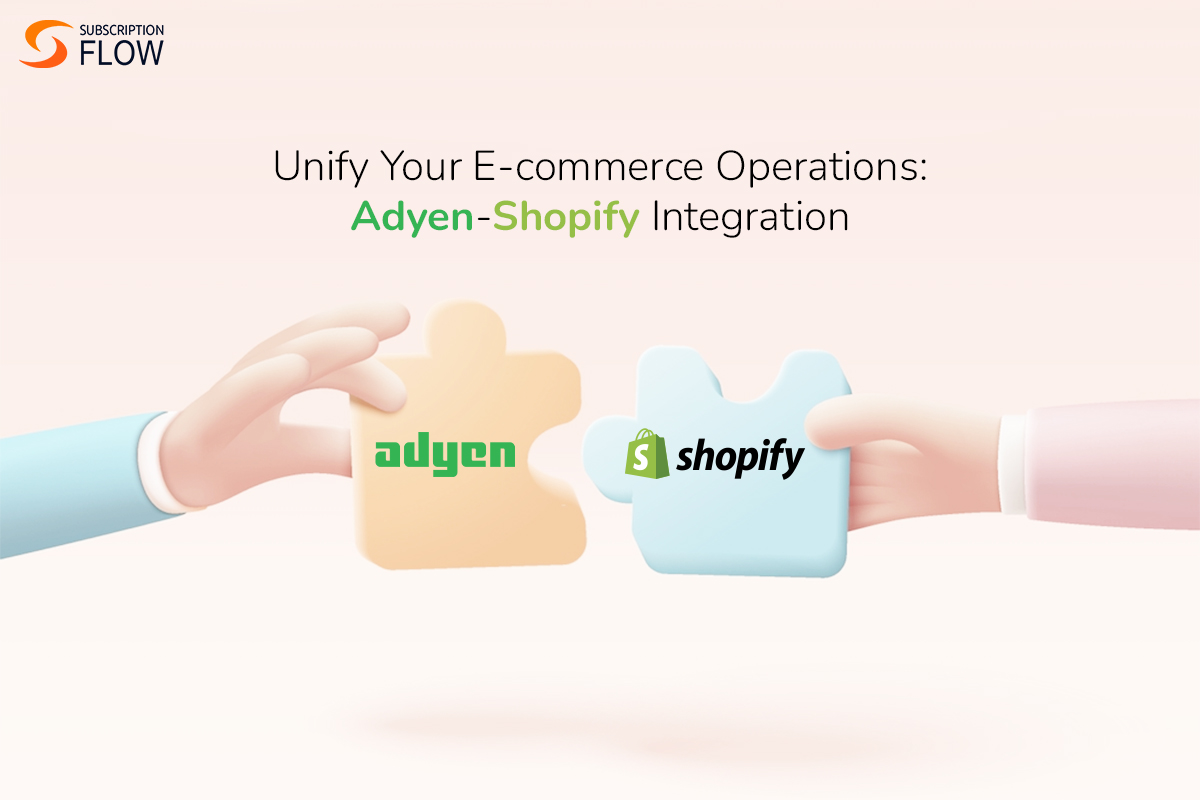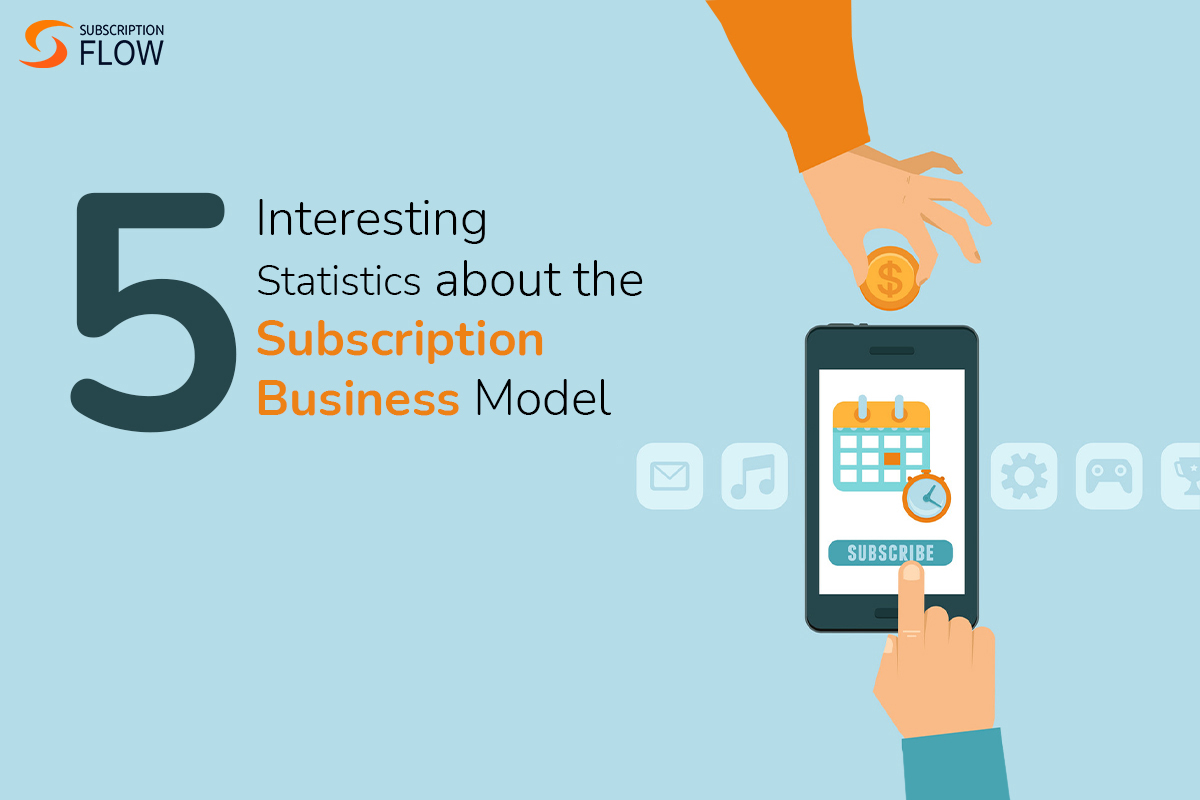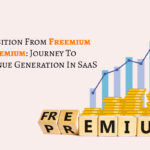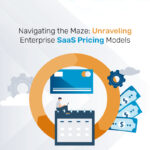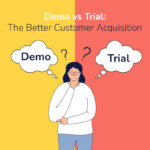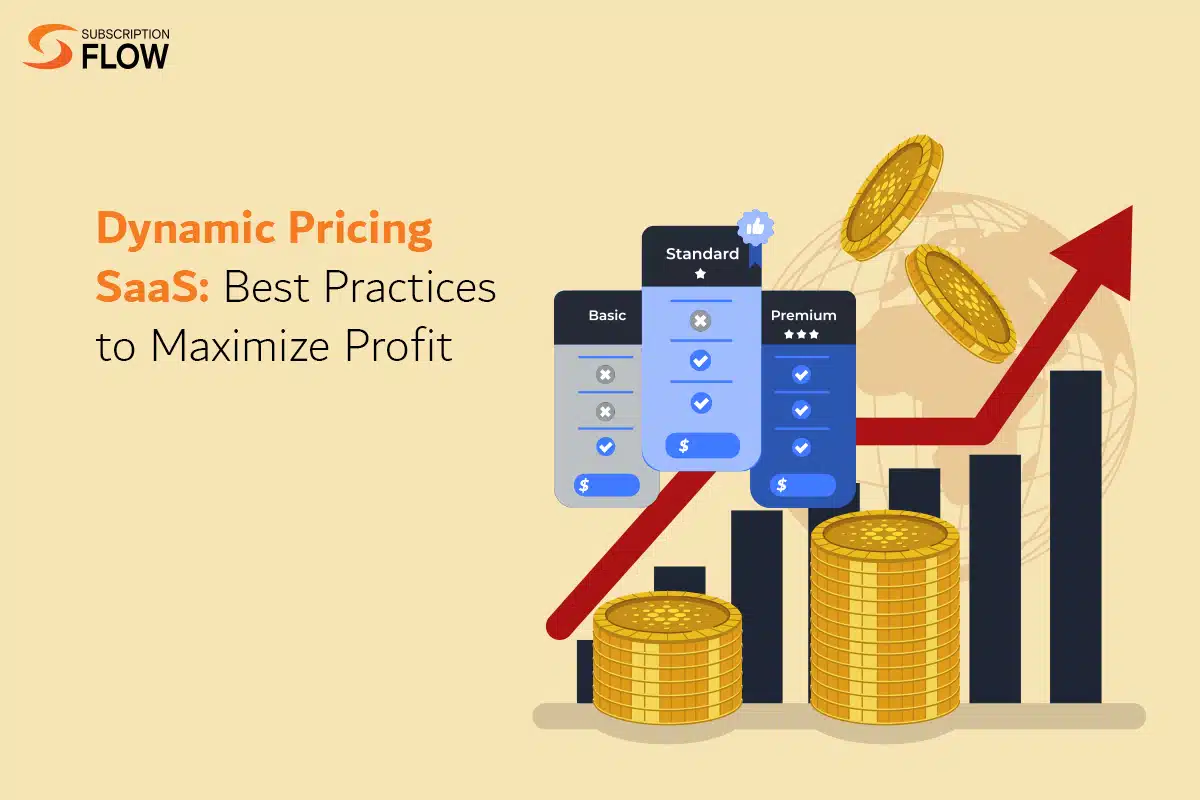
Dynamic Pricing SaaS: Best Practices to Maximize Profit
Today’s world has seen a drastic transformation in the business industry, especially in terms of sales and finance. The changing economic conditions have witnessed legacy-oriented businesses losing ground to pro-digital enterprises. 70% of global organizations have shifted, or are undergoing a shift toward digitalization. Changing customer expectations, digital advancement, and transforming market trends call for a price discipline.
Fair and competitive pricing, especially in the SaaS arena has emerged as a strong requirement for businesses looking for operational stability. Dynamic pricing SaaS can certainly be a winning strategy for businesses looking to stay relevant to the consumers’ interests. Flexible pricing models help companies navigate the uncertain landscape of the digital market, and mitigate potential risks.
In this blog, understand the importance of dynamic pricing, explore its 7 types, and learn its best practices to grow your bottom line.
What is Dynamic Pricing SaaS?
Dynamic pricing SaaS is a strategy for businesses to adjust their prices in response to the changes in market trends. This kind of pricing for products or services is time-based, and can be tailored to match factors such as:
- Customer behavior
- Competitor pricing
- The likelihood of consumers purchasing a service at a certain time
- Supply and demand statistics
These insights influence the dynamic pricing approach, and are gained from a business’s real-time data. Dynamic pricing empowers businesses to attract and retain customers, while beating the market competition.
The concept of dynamic pricing is even more relevant to the SaaS industry. That is because SaaS businesses increasingly run on a subscription-based model. The subscription model allows room for flexible pricing, which aligns with customer satisfaction, as well as revenue growth.
This can be another noteworthy definition of SaaS dynamic pricing: pricing services according to their value as perceived by the consumers. Rather than charging a flat fee for your products, implementing flexible pricing models can prove a better approach to win customers. Offering loyalty discounts, seasonal promotions, and other perks can boost customer lifetime value. This can help you meet your revenue goals.
There are several types of dynamic pricing. Businesses can implement either (or a combo) of these strategies to drive growth.
7 Types of Dynamic SaaS Pricing
1. Group-Based Pricing
In this model, businesses target different customer groups for the allocation of dynamic pricing. For instance, a company can offer its services to startup businesses on a special price tailor-made to suit their budget. This can be an effective strategy to attract startups looking for budget-friendly solutions.
2. Time-Based Pricing
Another SaaS dynamic pricing strategy to address market demands, or time-sensitive trends is time-based pricing. It may include seasonal promotions on services, limited-time offers, early bird discounts, tiered pricing for early renewals, and any other limited time pricing deals that you want to offer. Time-based pricing is a great way to reel in consumers wanting to leverage holiday special deals.
Moreover, with this pricing approach, SaaS businesses can make the most out of fluctuating demands on services. For example, they can raise the price of a service when it is highly in demand, in order to generate more revenue. Conversely, the price of a product or service can be lowered when it is not in demand. It can encourage the consumers to buy that service before its rate goes up again.
3. Competitor-Based Pricing
As the name suggests, in this model you determine the price for your services based on the prices your competitors are offering. This requires you to conduct a market analysis. You find out how much your competitors are charging for the same service that you offer. Let us suppose they are charging $40. You may keep your price at $35 to gain an edge.
This can be effective in directing customers to your business. Because who wouldn’t like to save $5 when they can? However, competitor-based pricing may not accurately reflect your service value, and may even undermine it.
4. Value-Based Pricing
A pricing model where you charge for your SaaS services according to their value as perceived by the consumers. SaaS subscription based companies offer different pricing tiers to customers. Each tier’s cost reflects the value of the services present in it.
For instance, a company offering streaming services can set up three pricing plans: basic, advanced, and premium. The basic plan may provide streaming on a low cost. The downsides of this plan may be low resolution, or interruptive ads. In order to get rid of the downsides, users can upgrade their plan to advanced or premium, which may offer high resolution, and an ad-free experience.
Thus, businesses can dynamically set up charges following this model. They can charge more for premium features or services. Value-based pricing tiers are transparent for the customers as well. They know exactly what they are investing in, and how the charge is justified.
5. Price Skimming
When a business launches a new or innovative service in the market, it charges a high cost for it. As the service becomes less uncommon gradually, its price gets cheaper. Or, the business may later introduce a cheaper version of its premium service, one which grants access to some of its functionalities.
Users who like to keep up with the trends are often willing to buy innovative services at their initial high cost. Businesses can generate extra revenue from those early sales.
6. Bundle-Based Pricing
SaaS businesses can create bundles of their services instead of only charging for each service separately. Let us suppose a company is charging $5 for its basic features, and $10 for its premium features. The company also offers a combined bundle, with both the basic and premium features, for $7.
Thus, customers can buy a service bundle instead of buying each service separately. Bundle prices appear more appealing, and cheaper to users according to their perceived value of the services. Bundled services also motivate the customers to spend more, instead of simply buying a single service.
7. Penetration Pricing
A SaaS dynamic pricing strategy whereby businesses sell services for a lower initial cost. This helps them attract a customer base, and establish themselves in the market. Later, these prices are revised and increased naturally, once a stable stream of users, and cash flow is developed.
Another example of penetration pricing can be the offering of a lower-quality version of a premium service for free. Or for a lower price. Once the users start utilizing the free version, they are encouraged to upgrade to the premium version for a better experience. Hence, businesses strengthen their upselling game.
Best Practices of Dynamic Pricing SaaS
The entire point of incorporating dynamic pricing is to maximize profit, while maintaining customer satisfaction. If not implemented correctly, the strategy can backfire. We have outlined some expert tips for you to formulate a strong flexible pricing approach.
Conduct Detailed Market & Competitor Research
In order to come up with a strong dynamic pricing strategy, this is the first endeavour you need to undertake. Understanding the trends in the market, the fluctuating levels of supply and demand, and the strategies of your competitors is significant. The study of the competitors’ pricing models enables you to go with an approach which is competitive, and aligns with customer expectations.
Define Your Goals
What are the KPIs you want to achieve with any of the above mentioned dynamic pricing models? It is important to be clear on those. Do you want to foster long term customer relationships, do you simply want to acquire more customers upfront, or both? Your pricing strategies may differ in either of these cases.
Understand Your Customers
Having a targeted dynamic pricing strategy helps maximize your revenue. Is your SaaS a B2B, or B2C? Your pricing approach may differ considerably in both cases.
Customer segmentation enables you to identify which groups your customers belong to. Identify their spending patterns. Personalize your pricing plans according to their budget, and willingness to pay.
Fulfilling the needs of your customer base encourages them to stay loyal. Customer feedback is not to be pushed aside when shifting to a different pricing approach. It is important in making or breaking the success of your strategy.
Offer More Than One Price
It is a great practice to offer different prices for the same service based on various factors. For example, a company can define its prices both according to customer segmentation, and location.
Look at Spotify, for instance. It gives students special discounts, to suit their budget. The same service costs more for any non-student. This fosters a sense of inclusivity among the student subscribers, and encourages them to stay loyal to Spotify.
Similarly, a SaaS business can provide its services for cheaper prices in countries with weak economies. On the other hand, the same service can be sold at a more expensive rate in developed countries.
Don’t Miss Out On Time-Sensitive Pricing
Adjust your service prices based on seasonal trends, and customer expectations of limited-time offers. Do not miss out on setting up holiday deals, or special seasonal coupons.
Always Be Transparent with Your Strategy
Since dynamic pricing SaaS is affected by the customers’ perceived value of your service, make sure that perception is accurate. Communicate your offering’s worth to your consumers effectively. When offering a subscription plan, for instance, clearly list all the features the customers would be entitled to once they sign up. This practice is essential for justifying the price of your plan to the customer.
No matter which dynamic pricing type you implement, maintain clarity and transparency. Do not unnecessarily complicate your pricing structures. Make sure your customers know how your pricing model works, and how the service cost fluctuates (if it does). If the customers know exactly what they are paying for, they will be more likely to invest in your services.
How SubscriptionFlow Helps You
At SubscriptionFlow, we have a powerful pricing engine to price your plans against the model of your choice. Refine your dynamic pricing strategy, and consistently deliver value with subscription pricing models that match your customer expectations the best.
- We offer flexible implementation. Easily test new pricing models to deliver value.
- Try out hybrid billing models.
- Track your pricing strategy performance with our robust KPI tracking tools.
- Provide multi-currency support. Let us handle taxation.
- Offer coupons, rewards, gift subscriptions, and more.
- We support a vast range of dynamic pricing models. Set up the one which works best for you.
Ace your dynamic pricing strategy. Book a demo with SubscriptionFlow today.

